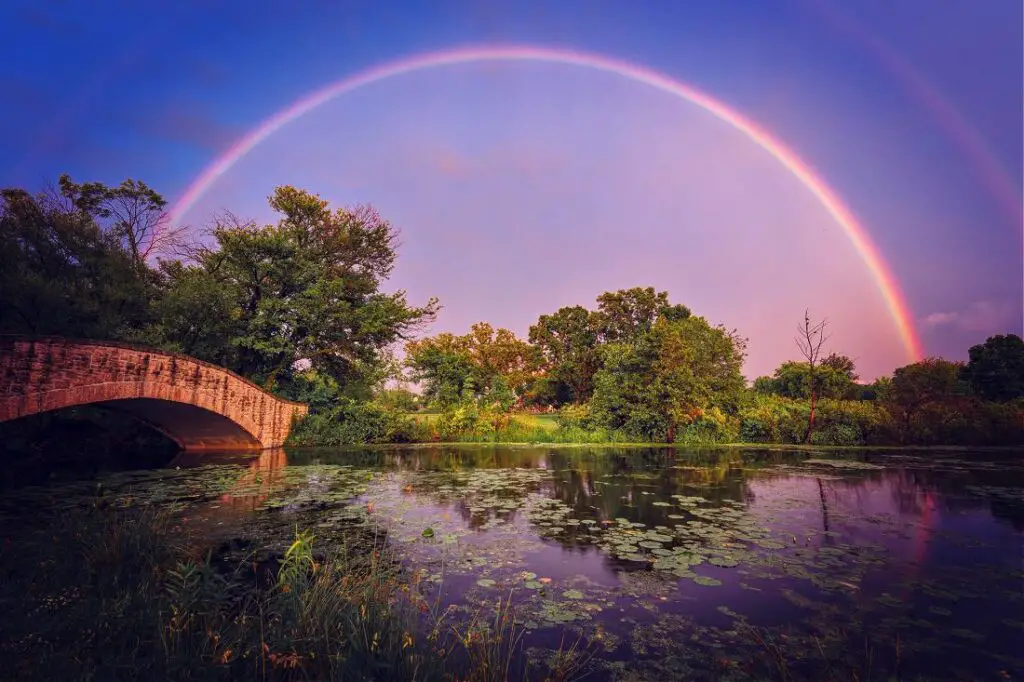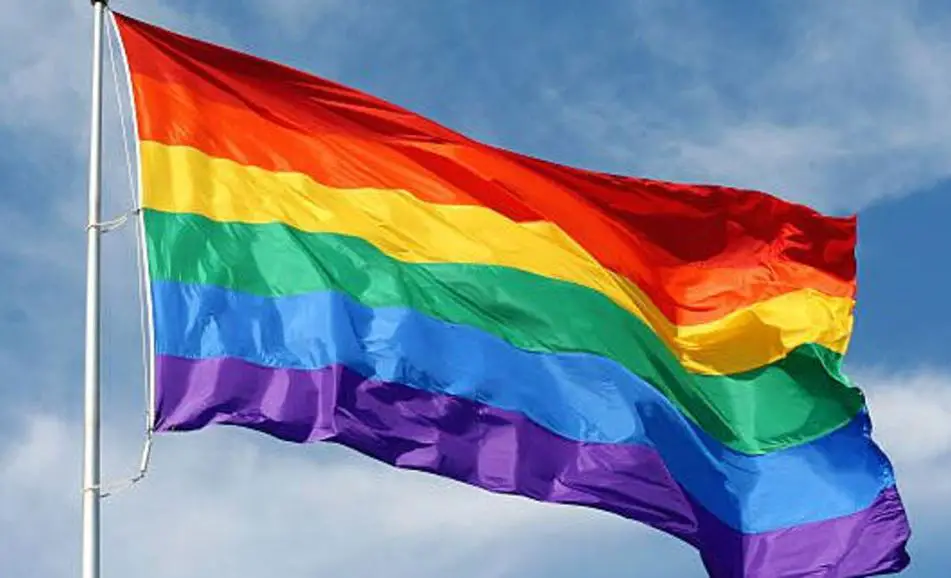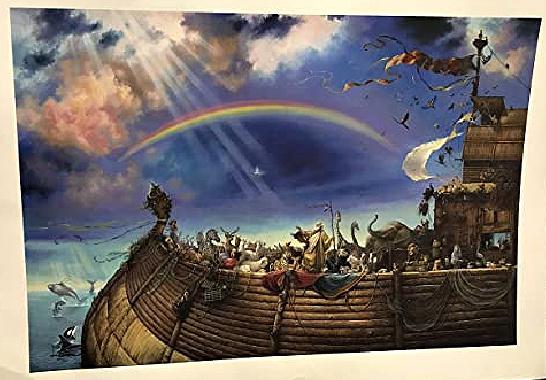Symbol of creation, good weather, transformation, fertility, messages, universal harmony, protection, covenant, renewal, sickness, death, creation, blessings, good luck, inspiration, hope, and diversity
The rainbow is a symbol that has different meanings to people worldwide. From the Stone Age through modern times, the rainbow has been an important symbol to many cultures.
The Mbuti people of Africa have been around since the Stone Age. Khonvoum, one of their most important gods, carries a bow with two snakes. This bow, to people, looks like a rainbow. Khonvoum is a creator god, and the rainbow symbolizes creation. The god Tore is a hunter god and god of thunder. He hides behind rainbows, symbolizing good weather. The Pygmy tribes of Africa believe that the gods use rainbows to communicate their wishes.

In many cultures, the rainbow is believed to be a bridge. In ancient Polynesian cultures, the rainbow was believed to be a bridge between heaven and earth. Souls who had died would cross the rainbow into heaven. Hawaiian gods use the rainbow to return to Earth. The rainbow symbolizes transformation in the Polynesian culture. In the Maori tradition, Uenuku is the god of rainbows. In New Zealand, the rainbow is a prophecy. If a rainbow appeared over a tribe that was going to battle, they would lose the battle. If the tribe going into battle were on either side of the rainbow, they would win. In ancient Indonesian culture, the rainbow was also used as a way for priestesses to row on a boat to heaven to obtain healing powers. The rainbow also transported the soul boat to the next realm. Bhatara Guru was the lord of the rainbow, and he created the rainbow as a passage between heaven and earth. Kalacunya, the god of thunder and storms, created the rainbow. Kalacunya made the rainbow to allow water from the northern and southern seas to travel to the land to produce rain for fertile crops. In ancient Japan, Izanagi no Mikoto and Izanami no Mikoto, a divine couple that the gods created, stood on a rainbow bridge to create the earth. The bridge linked the heavens and the earth. In Melanesian culture, the sun spirits use rainbows as bridges. These sun spirits, or Adaro, come to earth during sun showers. A burning rainbow bridge called Bifrost is a part of ancient Norse society. It stretches from Asgard to the earth.
Some cultures named their gods and goddesses after rainbows. Iris was the name of the messenger God in Ancient Greece. She is the goddess of the rainbow. She is the goddess of the sky and sea and the underworld. She uses the rainbow to travel throughout the realms. The Chibcha tribe in Columbia feels that the rainbow is a symbol of a goddess who protects pregnant women. In Ancient Australian culture, the Rainbow Serpent Mother created the world. In Ancient Africa, the rainbow is a symbol of creation. The Rainbow Goddess created the universe.
In China, the rainbow represents yin and yang. It is a symbol of fertility and universal harmony.
Different cultures also attribute quantities to the colour of the rainbow. In Mesopotamia and India, the rainbow’s seven colours are associated with the Seven Heavens.
In Christianity, the rainbow symbolizes renewal. Noah saw a rainbow once the rain stopped, and the Great Flood started to dissipate. The rainbow was a covenant from God that mankind would be spared.
The rainbow can also be a foreboding symbol. In Vietnam, the rainbow is considered a bad omen from the gods, and it is associated with sickness and death. The indigenous peoples of the Andaman islands feel the rainbow is a sign of the rain spirit’s drum bringing disease and death. The Incan tribe believed the rainbow was a man-eating sky serpent whose appearance was a bad sign.
In modern times, the rainbow is still used as a symbol. In Ireland, the rainbow symbolizes good luck and blessings from heaven. The rainbow is also a symbol for the LGBTQIA community. The rainbow flag was developed in 1978 and symbolizes inspiration, hope, and diversity.

Symbols Menu:
» Amulet
» Ajna
» Arsenic
» Merkaba
» Hung
» Yin Yang
» bindi
» IK Onkar
» Khanda
» Halo
» jiahu
» Tau
» Uraeus
» Menorah
» Quincunx
» Tilaka
» Taijitu
» Vajra
» Chai
» Chi Rho
» Bagua
» Dragon
» Hunab Ku
» Caduceus
» Infinity
» Ichthus
» Hedjet
» Lauburu
» Om
» Ankh
» Chalice
» Pentacle
» Maat
» Ogham
» Mandala
» Kartika
» Khamsa
» Heart
» Labrys
» Sun Face
» Raven
» Triskele
» Scarab
» Dove
» Hanukia
» Anubis
» Trishula
» Durga
» Mezuzah
» Bay Tree
» Geruda
» Kinnara
» Quito
» Condor
» Blue Jay
» Falcon
» Makara
» Rosary
» Uluru
» Apsaras
» Hanuman
» Serpent
» Minotaur
» Mercury
» Apex
» Vestra
» Yoni
» Astarte
» dakini
» Calabash
» Mandrake
» Rebis
» Typhon
» Vegvísir

